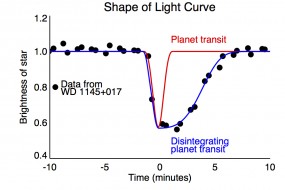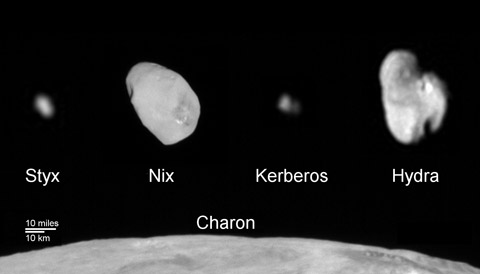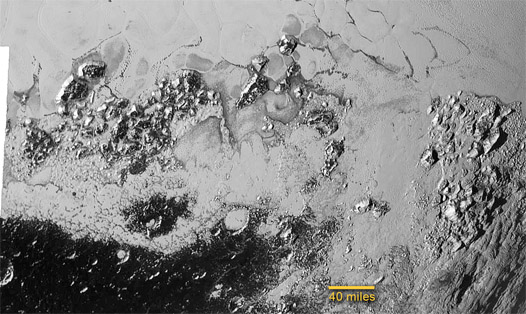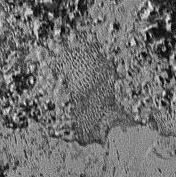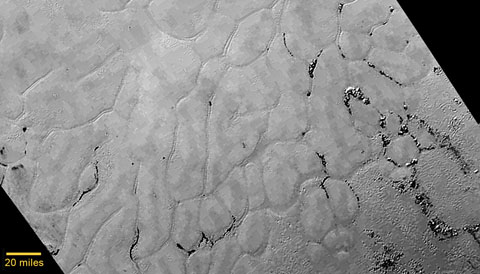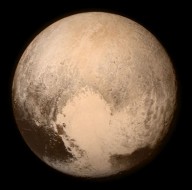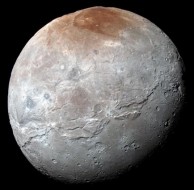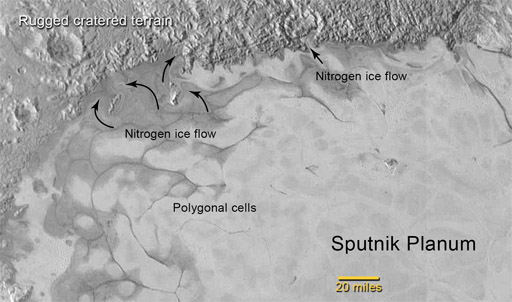The Inner Workings of Red Giant Stars
New research connects stellar pulsations to these stars’ inner, unobservable magnetic fields.
Sunspot, filaments, plages, and flares — visible signs of the Sun’s magnetic field riddle its atmosphere. But divining magnetic activity inside the Sun is another matter entirely.
We can’t directly see the magnetic fields within stars, and that makes it difficult to connect a star’s visible tortured gas with the inner workings of its magnetic field. Everything from predicting the strength of the next solar cycle to describing stellar aging hinges on better understanding these fields.
Now, astronomers have found a way to indirectly discern magnetic fields, at least within certain types of stars.
Stars are little more than roiling balls of gas, but as they roil, their flickers and pulsations reveal clues to what’s going on inside. The study of these brightness changes, a field of astronomy called asteroseismology, is akin to using medical ultrasounds to reveal the inner workings of the human body.

Artistic representation of a red giant star with a strong internal magnetic fields (figure not to scale). Sound waves propagate in the stellar outer layers, while gravity waves propagate in the inner layers where a magnetic field is present.
R. A. García / J. Fuller / G. Pérez / K. C. Augustson / NASA / AIA / SDO
R. A. García / J. Fuller / G. Pérez / K. C. Augustson / NASA / AIA / SDO
Jim Fuller (Caltech and University of California, Santa Barbara) and colleagues used asteroseismology to home in on a sample of a few dozen red giant stars that had been monitored for years by the Kepler spacecraft. (One day, some five billion years in the future, the Sun will become a red giant, too.) They published their results in the October 23rd Science.
The red giant stars at the focus of the study exhibit half-and-half behavior: first one hemisphere brightens, then it dims as the other hemisphere lights up. This half on, half off pattern can be chalked up to sound waves sloshing through the star’s interior. (Technically speaking, sound waves can cause a star to oscillate and vary its brightness in many different ways; the half-on, half-off variation is the so-called dipole mode.)
But the fluctuations seen in these few dozen red giants are weaker than those in hundreds of other red giant stars that Kepler observed during the same time period. To explain this weird behavior, Fuller and colleagues propose that a super-strong inner magnetic field is weakening the brightness variations.
For that to be true, a field of at least 100,000 Gauss (10 Teslas) must be lurking in these stars’ cores — that’s 100,000 times stronger than the Sun’s polar magnetic field, and 30 times greater even than sunspots, the strongest magnetic concentrations found on the Sun.
To understand how they came to this conclusion, let’s take a Magic School Bus–style ride into the innards of a red giant star. A large convective envelope of boiling gas surrounds a radiative core where fusion happens. Sound waves roil the outer envelope, interacting with ocean wave–like motions called gravity waves within the star’s hot, dense plasma core. These waves are not to be confused with gravitational waves, which are ripples in the fabric of spacetime (note to astronomers: one of these terms really ought to get a new name!).
Sound waves can “talk” to gravity waves, donating energy to the core. But in the presence of a strong magnetic field, the gravity waves can’t talk back — they’re trapped in the core. So the sound waves’ energy leaks away into the gravity waves, and those gradually dissipate away. The lost energy has little effect on the giant star other than the slight weakening of the hemisphere brightness variations, but it’s in this subtle signal that astronomers deduce the incredible strength of the magnetic field.

